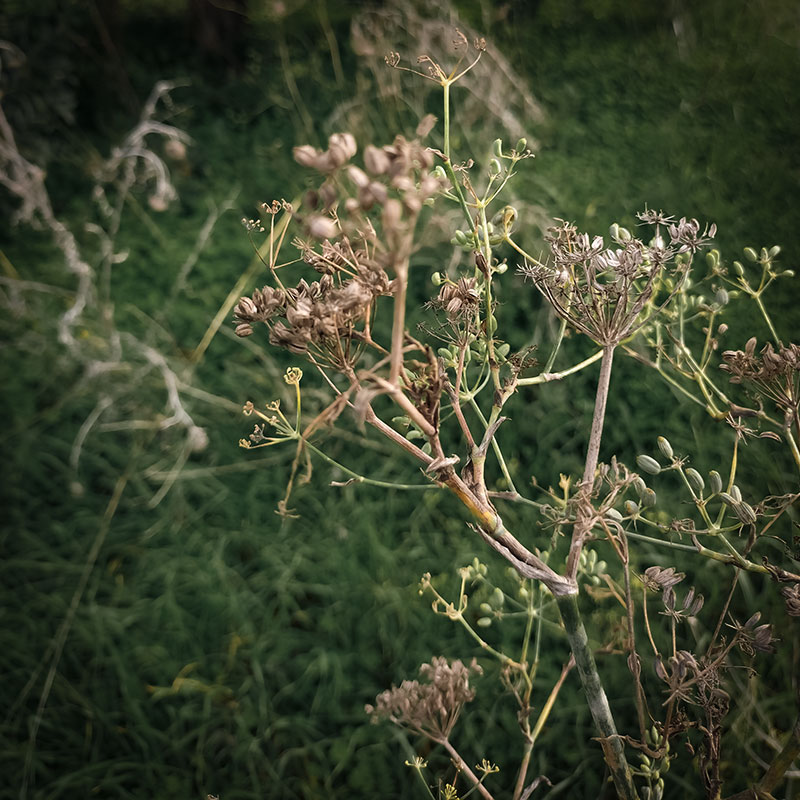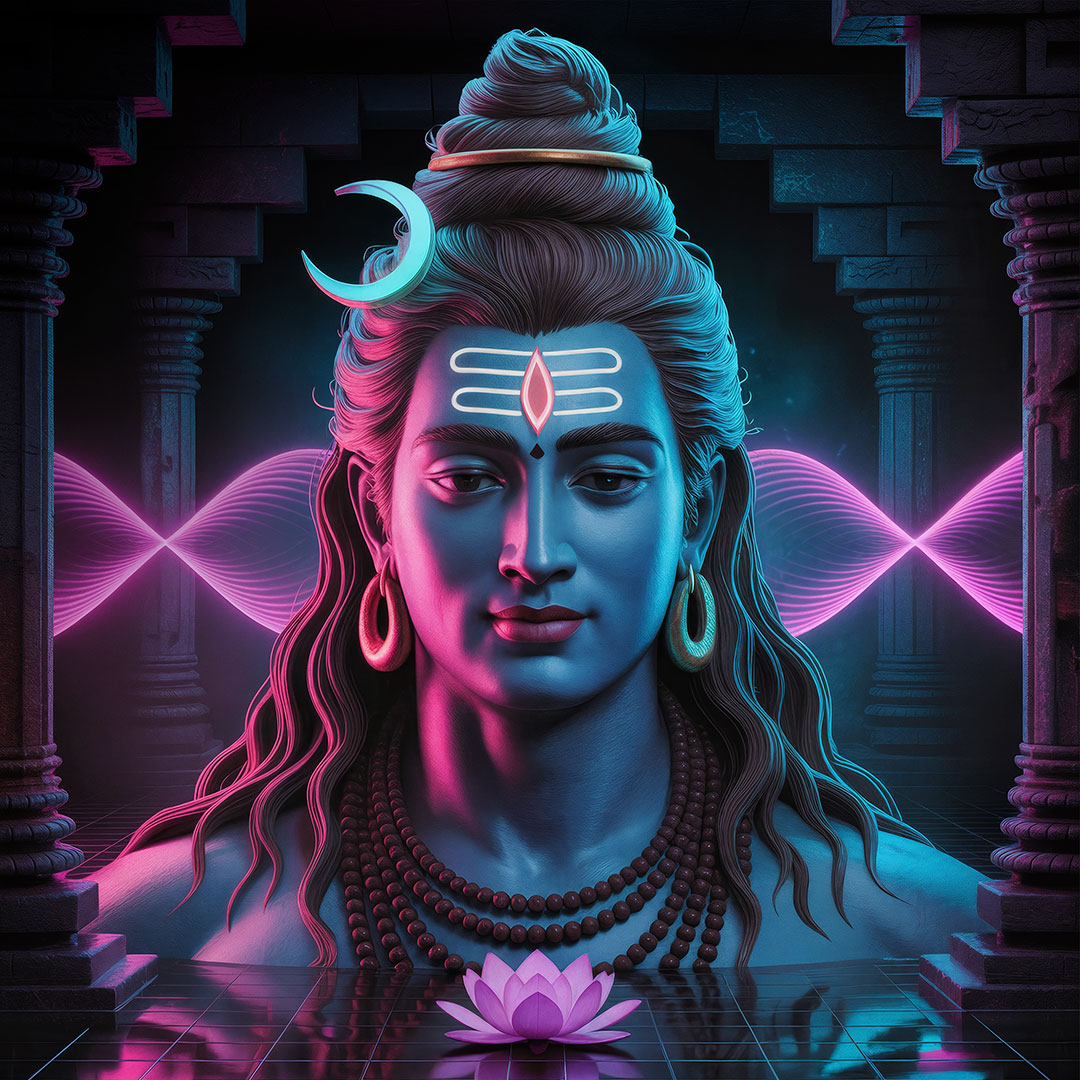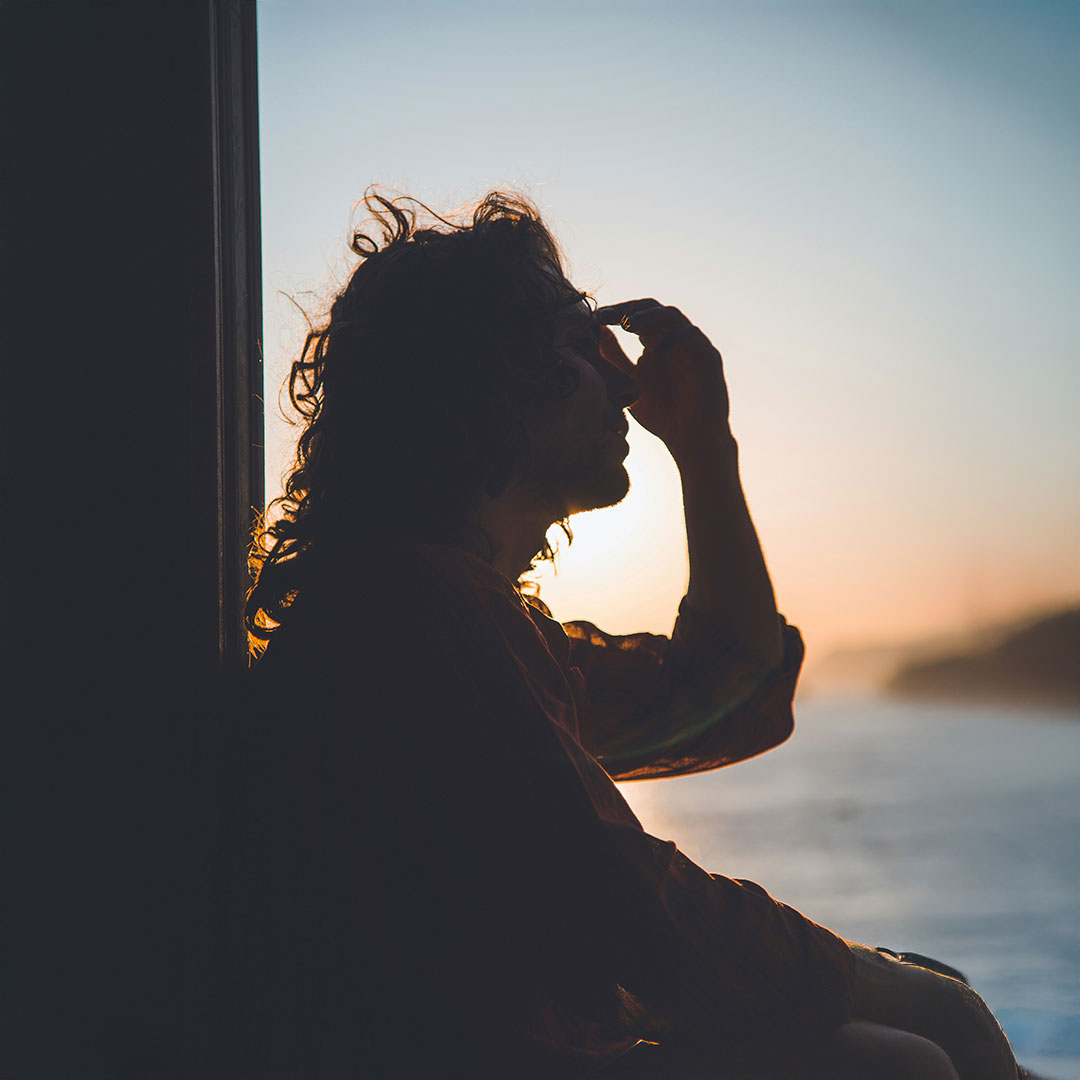A reflection on balance, transformation, and inner anchoring.
Life is never just one thing. It unfolds between extremes — between light and shadow, silence and noise, stillness and motion. And at the heart of it all lies a deeper polarity: the eternal dance between order and chaos.
This reflection explores that dynamic not only as a philosophical or spiritual concept, but as a lived reality — one that shapes our inner world just as much as the outer one.
What happens when we cling too tightly to structure? What arises when we surrender to uncertainty? And is there a way to walk the line between them without losing our center?
Let’s look more closely.
The Two Forces Shaping Life: Order and Chaos
If we distill life — or even the whole world — down to its most fundamental forces, we’re left with two: order and chaos. These primal forces shape not only the course of the universe but also the direction of every individual life. This truth holds not only in material science but also in spiritual understanding. It’s a universal law, mirrored in psychology and behavioral patterns alike. Jordan B. Peterson discusses this tension insightfully in his book 12 Rules for Life, which — despite my reservations about some of his personal views and public positions — still offers valuable reflections on the dynamics between order and chaos.

Why We Crave Order: Structure, Safety, Routine
We humans — like most living beings — are drawn to order. Order is the rhythm and harmony of nature: the return of the seasons, the ebb that follows the flood, the sunrise after night. It gives structure to our lives, offering us safety and predictability.
From our earliest communal tribes to the most complex modern societies, we’ve sought order. It shows up in our daily routines, our families, our work, our practices — in the meditative silence of each morning, in meals shared, and in systems that uphold civilization. Laws, institutions, habits, and traditions all serve this structure. Order frames our material existence.
But order can also become stagnant. Too much structure can drain vitality. It can lead to conformity, rigidity, and, in extreme cases, oppression. When order becomes absolute, it suppresses the natural chaos that fosters growth. Even slaughterhouses and concentration camps are, in a twisted sense, expressions of a radical and ego-driven form of order — mechanized, dehumanized, and cold. History has shown us again and again how order, when unbalanced, becomes destructive.
Understanding Chaos:
Destruction, Loss, and Disorientation
And then there is chaos. Chaos is the wildness of nature — earthquakes, floods, volcanoes. It’s plague and pandemic. It’s war, death, and despair. It’s the breakup, the unexpected death, the sudden loss of a job. Chaos is what happens when the familiar crumbles and control is lost. And in that disorientation, the human psyche can spiral: into illness, addiction, violence, or despair. We fear chaos — for good reason.
Yet, chaos is not only destruction. Just as order can turn oppressive, chaos can spark liberation. Out of chaos comes revolution, transformation, and renewal. Consider Gandhi’s peaceful revolution — born from suffering and imbalance, yet flowering into a new form of societal order rooted in nonviolence. Chaos, then, also fuels creativity, courage, and evolution. It is the blank space on the map — the mystery, the unknown, the source of art, innovation, and awakening. Without chaos, humanity might still dwell in caves, afraid of fire.

Finding Balance Between Order and Chaos
Ultimately, the path is one of balance. Every tradition — from Taoism to Vedanta — speaks to this eternal dance between opposites: light and dark, masculine and feminine, Shiva and Shakti, yin and yang.
So how do we live in balance? How do we root ourselves in a healthy structure while remaining open to the transformative force of chaos? There are many answers, often sold to us with colorful images by modern lifestyle gurus.
But I believe the truth is both simpler and deeper: the key is awareness. The bridge between chaos and order is conscious anchoring. Let us be like a boat moored just off a stormy coast. The storm comes and goes — as do chaos and order.
But the anchor holds. It doesn’t stop the waves, but it grounds us in truth. The
The Bhagavad Gita speaks beautifully to this:
“O son of Kunti, the contact between the senses and the sense objects gives rise to fleeting perceptions of happiness and distress. These are non-permanent and come and go like the winter and summer seasons. One must learn to tolerate them without being disturbed.”
— Bhagavad Gita 2.14
Let us remain anchored — no matter how wild the sea. We may be shaken. We may even sink. But ultimately, nothing in this world is permanent — not even suffering.
So let us find that one still point within — that inner place of truth where we can drop anchor. Let us return to it again and again through practice, reflection, and remembrance of who we really are. When we live from that center, we can dance with both order and chaos — without losing ourselves in either.
Thank you for reading.
May you find your personal anchor.
Take care and be blessed.




